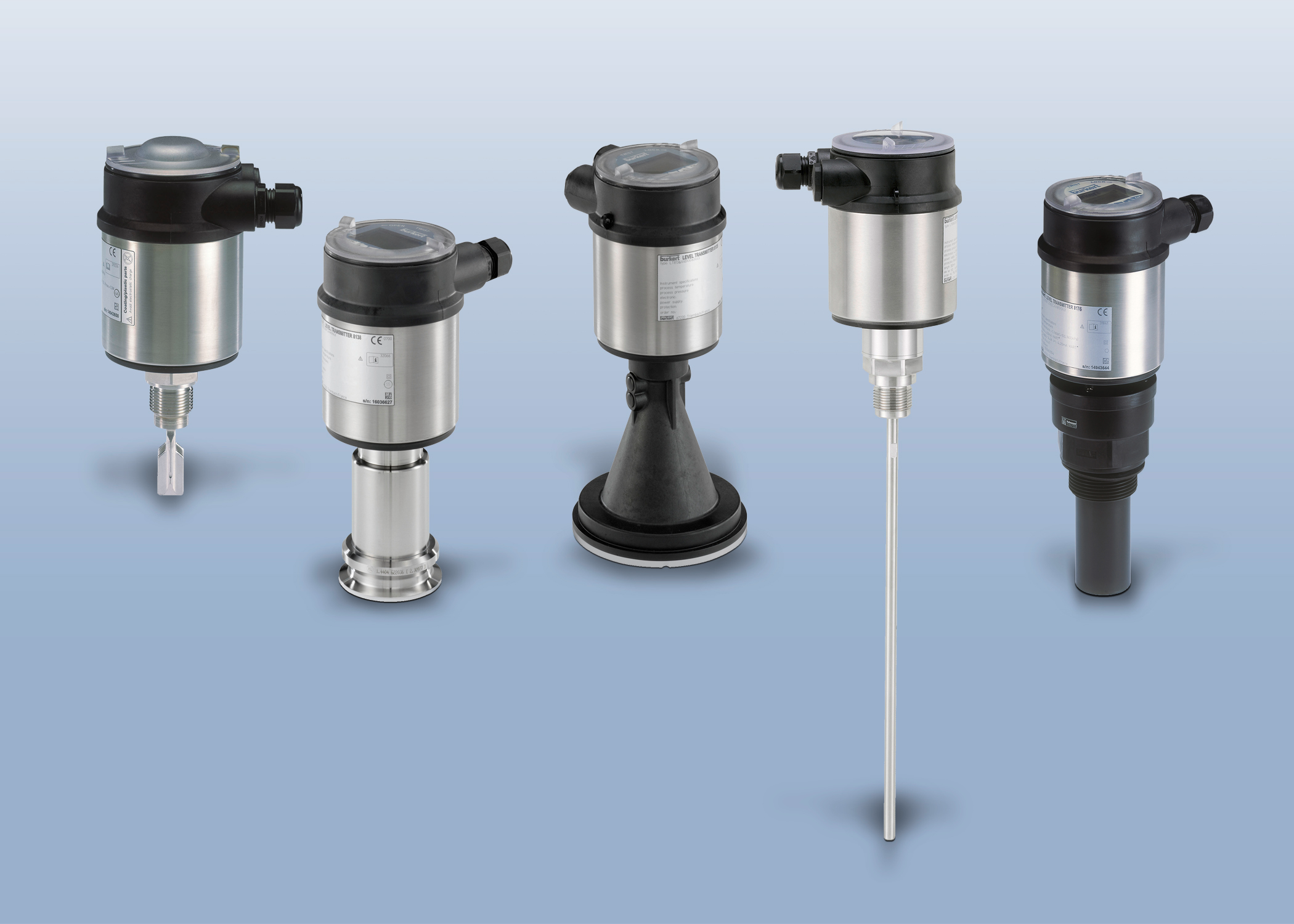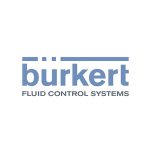Bürkert outlines top 10 level sensing devices
Level sensing is a regular everyday feature for most process industry operators. Yet, with a wide range of technological solutions effectively offering the same level sensing capabilities, choosing the right equipment for your application isn’t always as straightforward as it should be. Until now, after PIF spoke to Greg Wainhouse, Midlands Area Technical Sales and Sensors expert at Bürkert UK, to narrow down the top 10 level sensing devices available today.
Top 10 level sensing technologies
The first distinction to make is the purpose of the level signal – is it required to provide a point level such as an alarm or a continuous signal for level monitoring?
- Float – One of the most common forms of point level detection. Although simple in design the float offers a reliable solution. The actual switching mechanism can either be internal and activated by the movement of the float as the level rises or external where a magnet switches a reed contact as the position of the float is moved by the liquid level.
- Tuning Fork – This sensor is set to vibrate at its mechanical resonance frequency and when it becomes submerged in either liquid or solid, the frequency changes. This change is detected and converted into a switching command by the on-board electronics. The discrete sensors discussed so far are often used in conjunction with continuous level detection systems, acting as alarm points for over-filling (high-high) and leak or dry pumping (low-low).
- Ultrasonic – The transducers in these devices emit ultrasonic pulses that are reflected off the surface of the liquid - the time taken is proportional to the distance between the sensor and the liquid. This time is also affected by the temperature of the atmosphere above the media, the soundwave has to travel through and a compensation factor is used by the on-board electronics to derive the precise level within the vessel. In applications involving changing atmospheric gases, foaming liquids or objects in the path of the ultrasonic pulse, reduced reliability and repeatability may be experienced.
- Radar – In principle radar operates in a similar way to ultrasonic, but the pulses travel at the speed of light and, again, the reliability and repeatability can be affected - but this time by the dielectric constant of the fluid. However, radar can provide very accurate level data and also compensate for fixed structures within the vessel. The downside can be that the initial cost of the sensor is relatively high, but several manufacturers are making this technology more accessible to the wider market.
- Guided Microwave – Also known as guided radar, overcomes many of the initial calibration issues associated with conventional radar sensing by using a cable or rod to guide the signal to the fluid surface and back to the transmitter. This design makes it a lot more reliable than through-air radar or ultrasonic, because the guide provides a more focussed signal path. However, the sensors are limited to the length of cable or rod but with solutions up to 75m there is a wide array of probes to suit many applications.
- Laser – This technology is a flexible, easy to set up and cost effective solution for non-contact continuous level detection of bulk solids and opaque fluids. However, being based on light reflection, it is less well suited to clear liquids, dust and vapour contaminated atmospheres, and applications affected by foam.
- Hydrostatics – Hydrostatic pressure is one the most popular level sensing solutions on the market for liquids. Used in vessels open to atmosphere, they are unaffected by changes in media dielectric, atmospheric dust and vapours. However, as they are mounted on the base or underside of the vessel, and measure head-pressure via a ceramic or thin-film stainless steel element, the reliability of measurement technique for level will be greatly affected if the media density changes.
- Differential Pressure – Conventional hydrostatic sensors are confined to applications where the storage vessel is open to atmospheric pressure. For situations where a pressurised tank is in use, it is also necessary to measure the atmospheric pressure above the media using a second sensor. The two pressure signals are then evaluated to give the actual hydrostatic pressure of the liquid and the corresponding level. However, this arrangement is subject to errors due to changes in density and temperature. These can only be mitigated by additional compensating factors, such as additional sensors.
- Capacitance – This relatively common approach can be used with solids, liquids and mixed materials that act as a capacitor. The sensor needs to be calibrated to the specific material to account for varying dielectric constants and differences in vessel design. More recent developments have produced a contact-free measurement system that has widened its application. However, the accuracy of a capacitance sensor depends on a homogeneous dielectric constant throughout the storage vessel. The reliability of these sensors can also be heavily influenced by media sticking to the sensitive probe.
- Load Cell – The use of strain gauges provides a non-contact measurement system that is built into the support structure of the storage vessel. However, this means that the design and construction of the vessel must account for the use of load cells in order to deliver accurate level measurements. In addition, changes to product density will also greatly affect the reliability of the measurement in the vessel.
Selecting the most appropriate level sensor requires a number of variables to be considered, especially increasingly stringent regulations requiring more precise and reliable level measurement. Improvements to process control enables product quality to be increased while also reducing costs and waste.
Ultimately, the number of different technologies and the increasing amount of sophisticated electronics available to process engineers can make the selection process quite daunting. Fortunately, help is at hand from the experienced engineers at Bürkert, who have considerable expertise in designing and installing process control systems for a wide variety of applications.
Further information about Bürkert, the wide range of sensors and other fluid control devices can be found by contacting Helen Christopher, Marketing Manager by email at [email protected], or by phone +44 (0) 1285 648720 or by visiting the website, www.burkert.co.uk.
Get the latest process industry news
Interested in receiving even more industry-leading news from Process Industry Forum delivered directly to your inbox? Then sign up to our free newsletter. Bringing you the latest news, trends, innovations and opinion from across the process industry, our exclusive newsletter gives you all the industry insights of the moment in one, easy-to-digest bulletin. Stay ahead of the competition with regular process industry news instalments from PIF.


